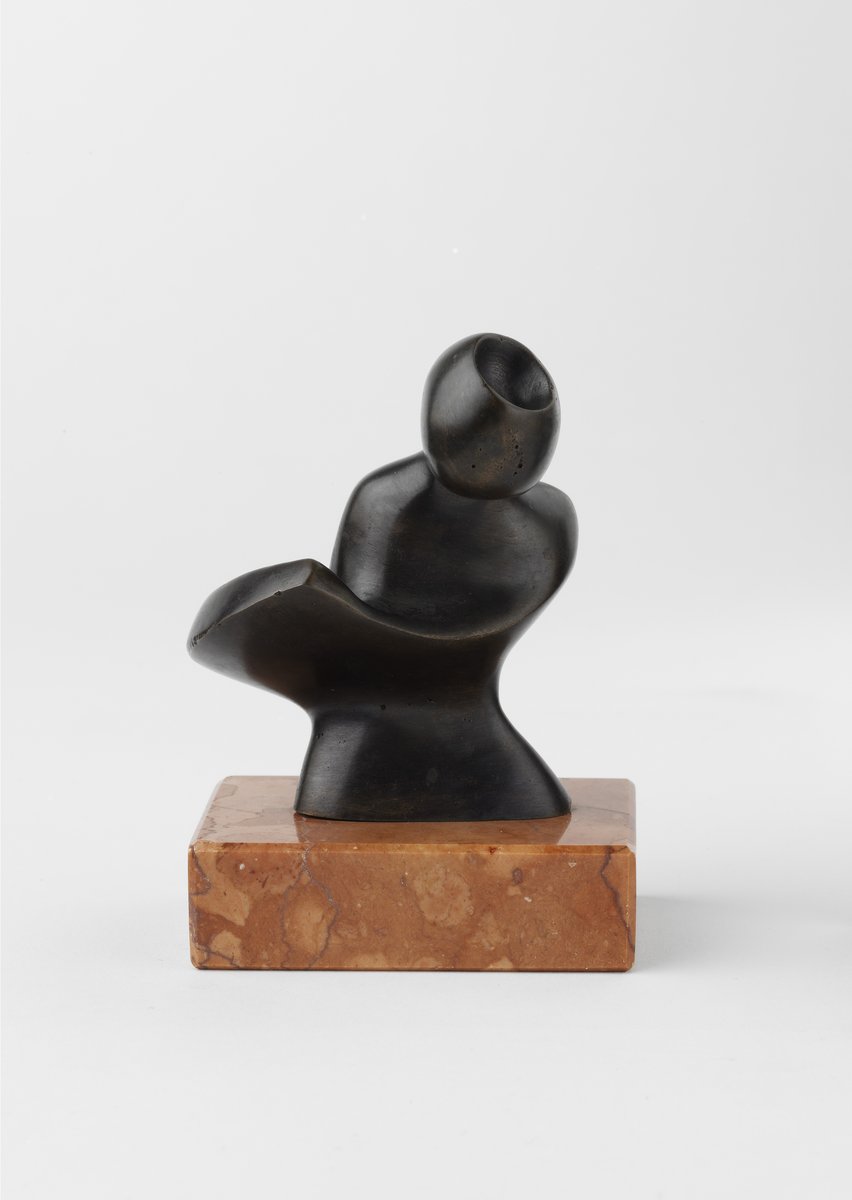
Composition
Department of Art after 1800
| Artist | |
|---|---|
| Date | 1938 |
| Object type | |
| Medium, technique | engrawing with burin |
| Dimensions | 12.8 x 16.1 cm |
| Inventory number | MO.91.59 |
| Collection | Department of Art after 1800 |
| On view | This artwork is not on display |
Hayter began with chemical and geological work, then moved to Paris where he took up art, first of all engraving. In 1927, he founded the graphic workshop rising to fame under the name Atelier 17 as hub of the leading artists and art in Paris. Surrealism was introduced to him by Tanguy and Masson, and in the ’30s, he often exhibited with the surrealists. When they excommunicated Eluard, however, he joined others and left. In this period, his pictures were filled with a savage imagination, partly in passionate response to the Spanish civil war and the advancement of fascism. In 1937, he went to Spain, to take part in literary and artistic programs of the intellectuals in an effort to combat fascism. In his works at that time, he adapted the traditional black and white techniques of engraving and etching to the viewpoints of modern art.
In 1938-39 he made a series of 8 engravings inspiring Paul Eluard to write his poem Facile proie. The album, published by Guy Levis Mano of Paris in 1939 with Hayter’s graphic sheets and Eluard’s poem written for the occasion, was a salient event of surrealism. One of the album sheets (no.122 in the oeuvre catalogue of Hayter’s graphic works) was published again in 1973, again in 100 copies, one of which is included in the present collection. The scenes in the sheets of the album evoke a rough subconscious world, predominated by the sense of violence and disintegration. The apocalyptic visual world, the gladiatorial struggles, murders all reflect upon the events of the Spanish civil war.
Ferenc Tóth
Tóth, Ferenc, A Bryan Montgomery gyűjtemény. Vezető, A Szépművészeti Múzeum gyűjteményei/The Collections of the Museum of Fine Arts, Budapest 3, Szépművészeti Múzeum; The British Council, p. 68-69.
This record is subject to revision due to ongoing research.